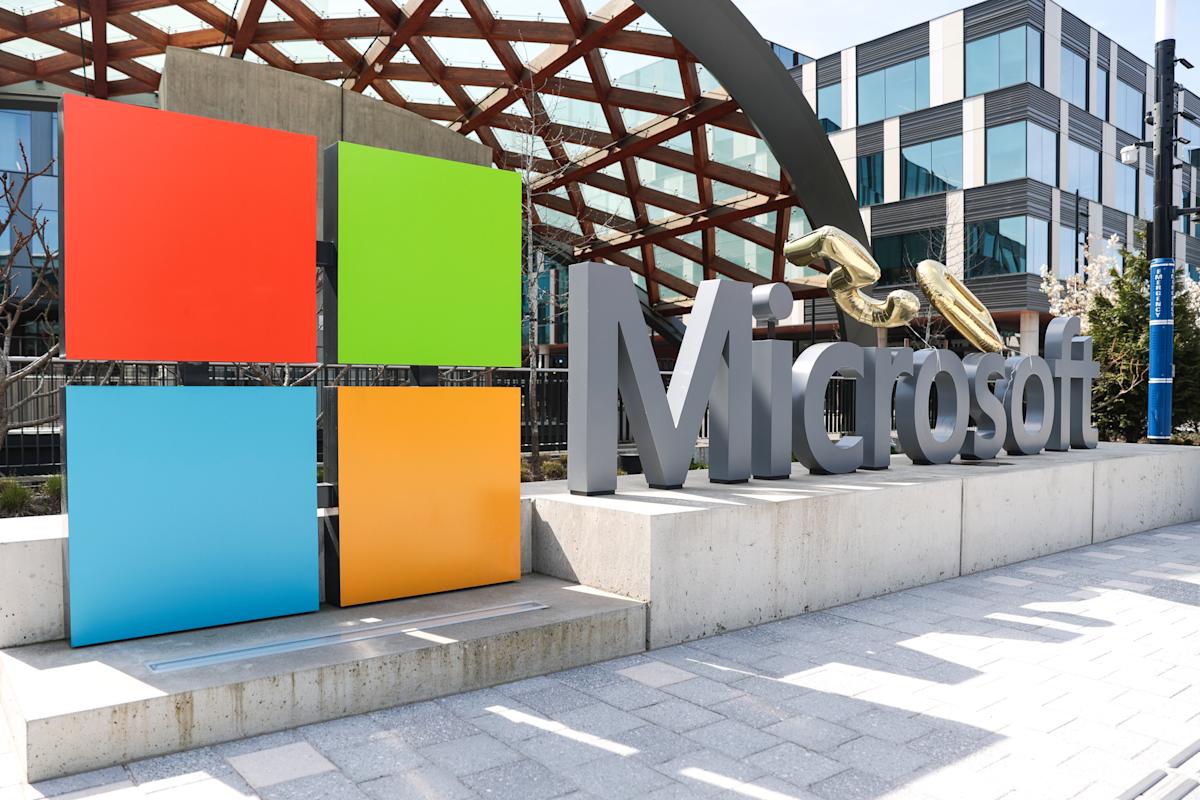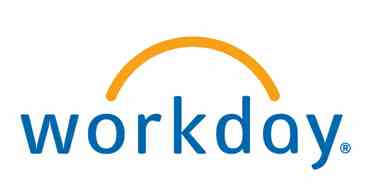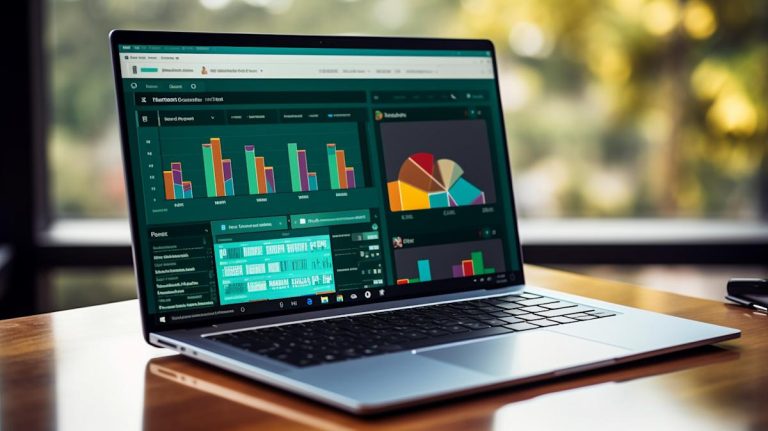The trade deals are flowing.
President Trump has landed a trade deal with the European Union that will see 15% tariffs applied to EU imports. The 15% tariff rate is looking like the baseline for most large countries.
Some of the early winners include automakers like Mercedes-Benz (MBG.DE), chip player ASML (ASML), and airplane maker Boeing (BA).
“A lot of big numbers were mentioned by Donald Trump in his public comments, but the bottom line of this deal is that it is — for two roughly evenly sized economies — a surprisingly imbalanced deal that allows one party to impose significantly higher tariffs on the other,” 22V Research strategist Jacob Funk Kirkegaard said.
“This will, ceteris paribus, reduce EU exports to the U.S. in the future, though the impact is not likely to be dramatic and likely will be measured in one or two decimal points of EU GDP.”
All eyes now turn to whether Trump can secure a trade deal with China. The two countries are reportedly aiming to extend their tariff truce by 90 days from the Aug. 12 deadline.
While investors digest this barrage of news, they’re also on high alert for this week’s Fed meeting, jobs report, and earnings reports from Procter & Gamble (PG), Microsoft (MSFT), Meta (META), and Apple (AAPL).
Microsoft has had a hot run into its Wednesday afternoon earnings report. Its stock is up a scorching 31% in the past three months. Now the tech giant has to deliver big on that earnings report.
Here’s what I’m watching in the numbers:
Azure sales need to be strong: With ServiceNow (NOW) and Google Cloud thumping sales estimates last week, it’s apparent corporations are still spending on cloud products. Azure’s sales have to easily beat analyst estimates for Microsoft bulls to be satisfied.
“We believe the combination of solid enterprise spending environment, continued improvements in go-to-market execution in the non-AI business, as well as healthy genAI demand that continues to outstrip supply, should enable Azure to post ~100-200 basis points of upside vs. management’s 34-35% year over year constant currency guidance,” Stifel analyst Brad Reback said.
Capital expenditure spending in focus: Alphabet (GOOG, GOOGL) lifted its full-year capital expenditure plans by $10 billion last week. Some on the Street are warning Microsoft could hike its capex spending by 25% to 50% in its new fiscal year. It may be hard to justify that increase.
“We expect Microsoft to remain aggressive on capex and expect cash capex growth in the 25% range next year. That said, we believe the aggregate rate of growth should normalize and be more in line with overall cloud growth,” Evercore ISI analyst Kirk Materne said.






